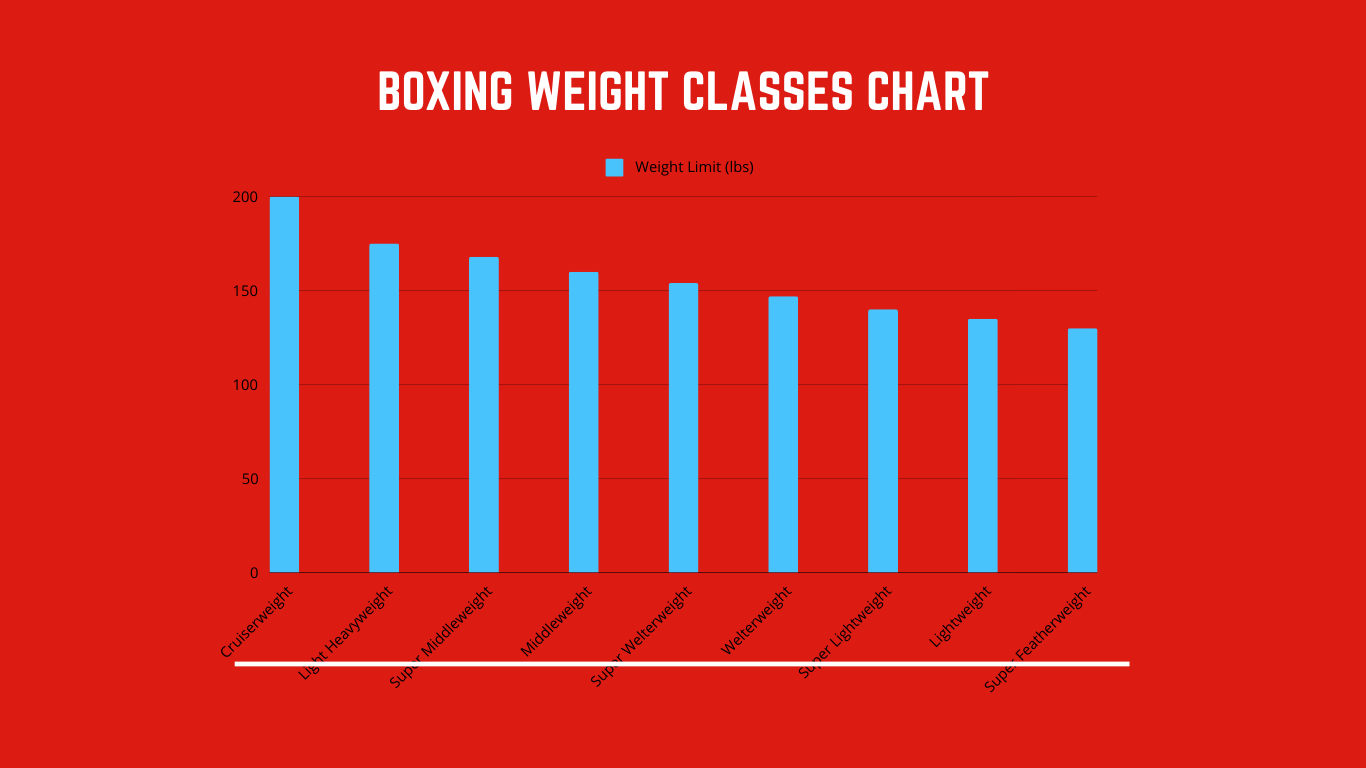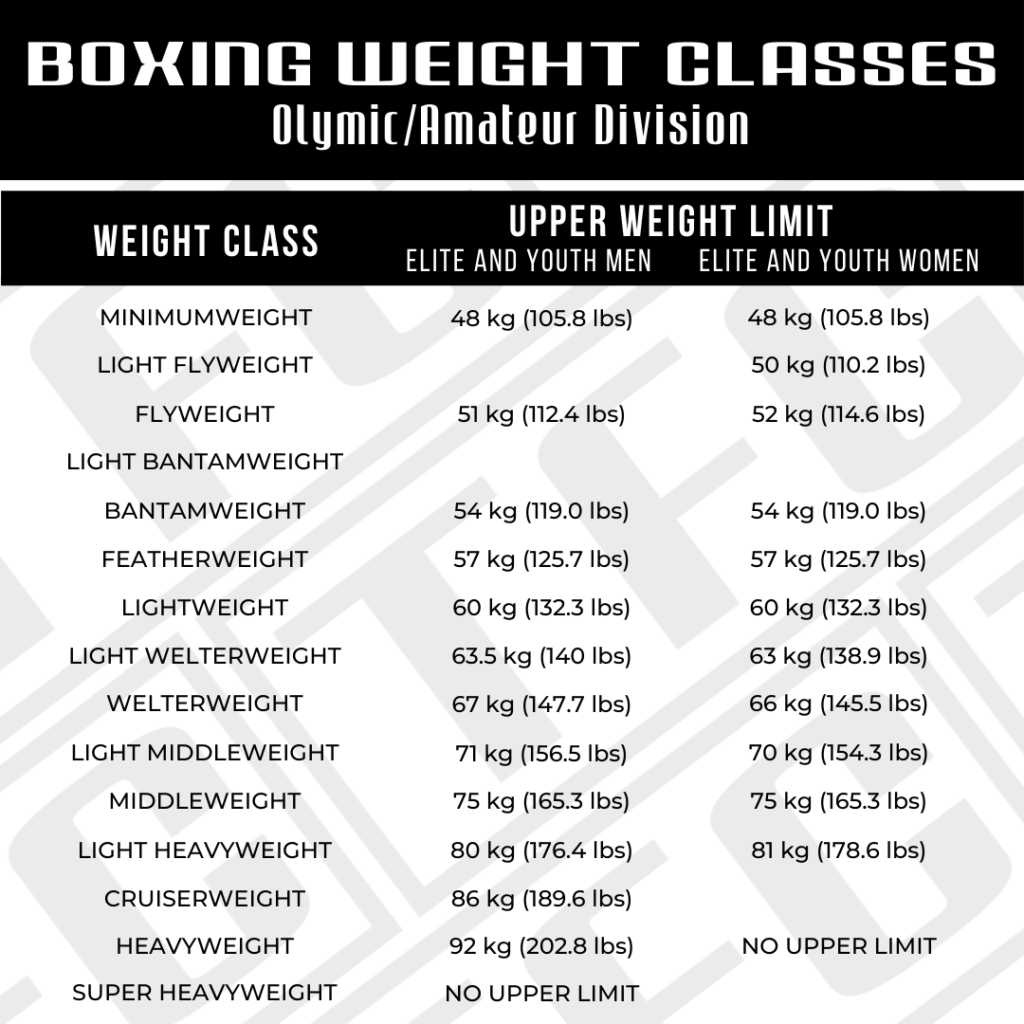Boxing weight classes play a crucial role in shaping the sport as we know it today. From the lightweight fighters to the towering heavyweights, these divisions ensure that competitors face off against others of similar size and strength. This setup helps protect fighters while maintaining a level playing field, making matches more exciting and fair. As the sport continues to grow, so does the importance of understanding these weight categories.
There's a rich history behind the development of boxing weight classes, with roots stretching back to the 19th century. Back then, smaller fighters often found themselves at a disadvantage when squaring off against larger opponents. To address this issue, promoters and organizations began creating weight divisions to level the playing field. Over time, these classes evolved, eventually leading to the 17 weight categories we see in professional boxing today.
In a way, boxing weight classes are more than just numbers on a scale. They represent the sport's commitment to safety, fairness, and competitive balance. By ensuring fighters compete against those of similar stature, these divisions foster an environment where skill, technique, and strategy can truly shine. For fans, understanding these categories adds another layer of enjoyment to the sport, helping you appreciate the nuances of each match-up.
Table of Contents:
- What Are Boxing Weight Classes?
- Why Do Boxing Weight Classes Matter?
- How Many Boxing Weight Classes Are There?
- How Did Boxing Weight Classes Evolve?
- What Is the Heaviest Boxing Weight Class?
- Women's Boxing Weight Classes - A Growing Movement
- How Do You Calculate Weight Classes in Boxing?
- Boxing Weight Classes Chart - A Quick Reference Guide
What Are Boxing Weight Classes?
Boxing weight classes refer to the various categories that boxers are grouped into based on their body weight. These divisions ensure that fighters compete against others of similar size and strength, promoting fairness and safety in the ring. For example, a lightweight fighter wouldn't typically face off against a heavyweight, as the size difference could result in an unfair advantage.
Currently, there are 17 weight classes in men's professional boxing, ranging from strawweight (105 lbs) to heavyweight (200+ lbs). Each class has its own set of rules and weight limits, which can vary slightly depending on the sanctioning body or tournament. This system helps create a more balanced and enjoyable experience for both fighters and fans alike.
Why Do Boxing Weight Classes Matter?
Boxing weight classes matter because they help ensure fair competition in the sport. By grouping fighters based on weight, these categories reduce the likelihood of mismatches that could result in injury or an uneven contest. In other words, they allow boxers of all sizes and strengths to compete on equal footing, which ultimately enhances the overall quality of the matches.
Moreover, these divisions play a significant role in maintaining fan interest. When fighters are matched against opponents of similar size and skill, the matches tend to be more competitive and exciting to watch. This focus on fairness and balance is what makes boxing such a thrilling and dynamic sport.
How Many Boxing Weight Classes Are There?
There are currently 17 boxing weight classes in men's professional boxing, each with its own weight range and set of rules. These classes include strawweight, flyweight, bantamweight, featherweight, lightweight, welterweight, and heavyweight, among others. Women's boxing also has weight classes, though they may differ slightly depending on the organization or event.
For instance, the World Boxing Council (WBC) recognizes a women's heavyweight division with a weight limit of 168.1 pounds. Meanwhile, amateur boxing features its own set of weight categories, including a master's division for fighters over the age of 35. This diversity in weight classes allows boxers of all sizes and backgrounds to participate in the sport.
How Did Boxing Weight Classes Evolve?
The evolution of boxing weight classes dates back to the 19th century, when smaller fighters often struggled to compete against larger opponents. To address this imbalance, promoters and organizations began creating weight divisions to ensure fair competition. Over time, these classes expanded and evolved, eventually leading to the 17 weight categories we see in professional boxing today.
Some of these weight divisions originated in the United States, while others emerged in different parts of the world. For example, the flyweight division, established in 1911, became a staple of major boxing organizations, providing a platform for lighter fighters to showcase their skills. Legendary boxers like Jimmy Wilde, often regarded as one of the greatest flyweights of all time, helped popularize these weight classes and bring them into the mainstream.
What Is the Heaviest Boxing Weight Class?
The heaviest boxing weight class is the heavyweight division, which includes fighters weighing 200 pounds or more. This category is often considered the most prestigious in the sport, attracting some of the biggest names and most dramatic matchups. Heavyweight champions are celebrated for their size, strength, and knockout power, making them fan favorites around the globe.
Yet, it's important to note that the heavyweight division doesn't have an upper weight limit, meaning fighters can be significantly larger than 200 pounds. This open-ended structure allows for a wide range of body types and fighting styles, adding to the excitement and unpredictability of heavyweight matches.
Women's Boxing Weight Classes - A Growing Movement
Women's boxing is rapidly gaining popularity, with more champions and fans tuning in to watch the action. While the women's weight classes are similar to those in men's boxing, they sometimes differ slightly depending on the organization or event. For example, the Olympics and amateur boxing feature their own set of weight categories tailored specifically for female competitors.
These weight classes help ensure fair competition and safety for women fighters, allowing them to showcase their skills on a global stage. As the sport continues to grow, so does the recognition and respect for female boxers, who are proving that they can hold their own against the best in the business.
How Do You Calculate Weight Classes in Boxing?
Calculating weight classes in boxing is relatively straightforward. Each weight division has a maximum weight limit that fighters must meet before stepping into the ring. For instance, the middleweight division caps at 160 pounds, meaning fighters must weigh no more than this amount to compete in that category.
To help you better understand these weight limits, here's a conversion guide to the different weight divisions:
- Strawweight: 105 lbs (47.6 kg)
- Light Flyweight: 108 lbs (49 kg)
- Flyweight: 112 lbs (50.8 kg)
- Bantamweight: 118 lbs (53.5 kg)
- Featherweight: 126 lbs (57.2 kg)
- Lightweight: 135 lbs (61.2 kg)
- Welterweight: 147 lbs (66.7 kg)
- Heavyweight: 200+ lbs (90.7+ kg)
By familiarizing yourself with these weight limits, you can better appreciate the skill and dedication required to compete at each level.
Boxing Weight Classes Chart - A Quick Reference Guide
For a quick reference, here's a chart summarizing the various boxing weight classes and their respective limits:
Weight Classes Chart
- Strawweight: up to 105 lbs (47.6 kg)
- Light Flyweight: up to 108 lbs (49 kg)
- Flyweight: up to 112 lbs (50.8 kg)
- Bantamweight: up to 118 lbs (53.5 kg)
- Featherweight: up to 126 lbs (57.2 kg)
- Lightweight: up to 135 lbs (61.2 kg)
- Welterweight: up to 147 lbs (66.7 kg)
- Heavyweight: 200+ lbs (90.7+ kg)
This chart provides a helpful overview of the different weight categories in boxing, making it easier for fans to understand the sport's structure and rules.
Understanding boxing weight classes is key to appreciating the nuances of the sport. From the smallest strawweights to the towering heavyweights, these divisions ensure fair competition and safety for fighters of all sizes. By familiarizing yourself with these categories, you can deepen your enjoyment of boxing and gain a greater appreciation for the skill and dedication required to succeed in the ring.



Detail Author:
- Name : Dianna Rowe Sr.
- Username : mmueller
- Email : obuckridge@gmail.com
- Birthdate : 1987-05-14
- Address : 62439 Adelbert Square Apt. 192 Trudietown, GA 41085-7498
- Phone : +19707990852
- Company : Barton and Sons
- Job : Personal Service Worker
- Bio : Incidunt non qui accusamus officiis corporis. Maxime eos ducimus eos sapiente. Dolor hic assumenda quia sed tempore.
Socials
instagram:
- url : https://instagram.com/donavon6964
- username : donavon6964
- bio : Vitae ea culpa voluptas sed. Autem culpa ut rerum vitae. Culpa sunt quae voluptas.
- followers : 3645
- following : 2295
tiktok:
- url : https://tiktok.com/@donavon_real
- username : donavon_real
- bio : Corporis voluptatem quaerat minus vel excepturi.
- followers : 687
- following : 2513
linkedin:
- url : https://linkedin.com/in/donavon.rau
- username : donavon.rau
- bio : Et provident et qui.
- followers : 6315
- following : 2564
facebook:
- url : https://facebook.com/donavon_rau
- username : donavon_rau
- bio : Saepe suscipit reiciendis quis amet rerum. Velit est rerum magni.
- followers : 3985
- following : 2360
twitter:
- url : https://twitter.com/donavonrau
- username : donavonrau
- bio : Et eum ad totam consectetur. Consequatur voluptas laudantium eveniet.
- followers : 2765
- following : 2558